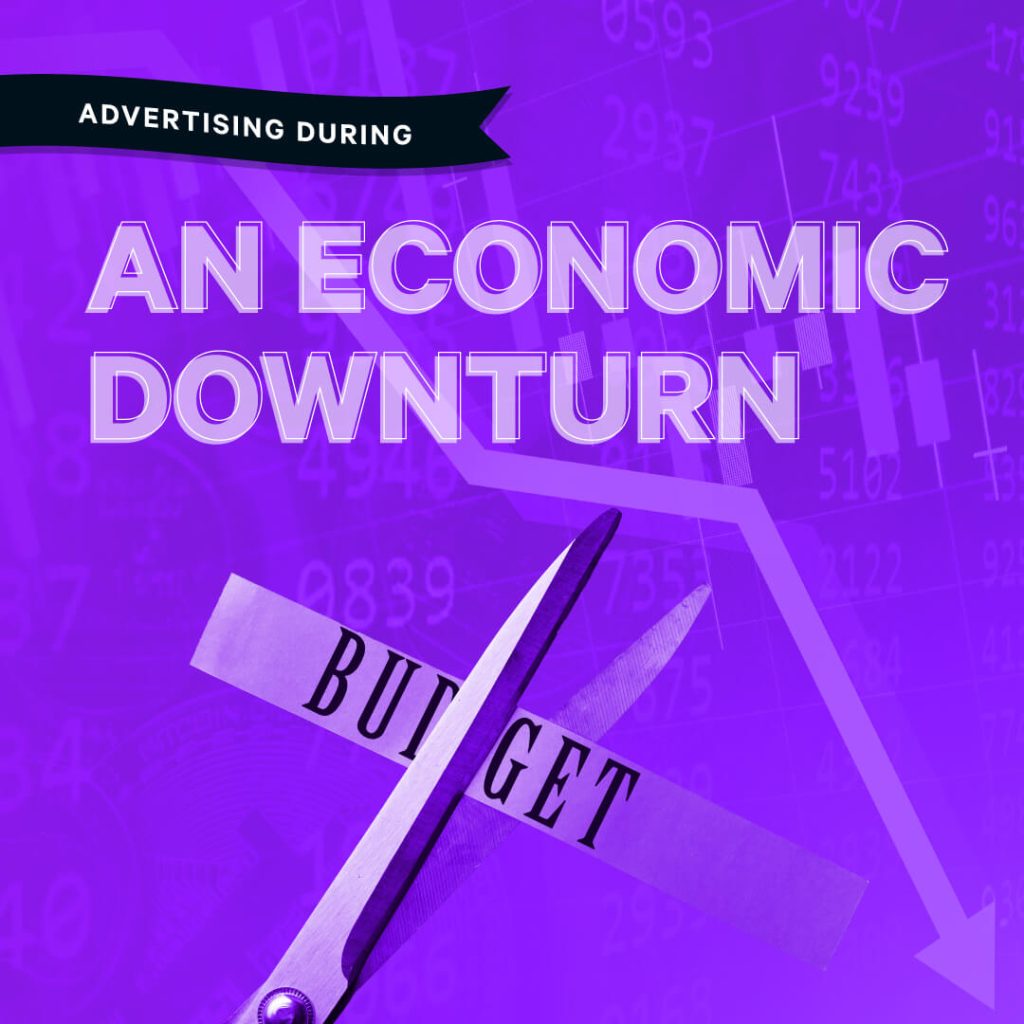7 Hot Creative Trends to Watch for the Rest of 2023
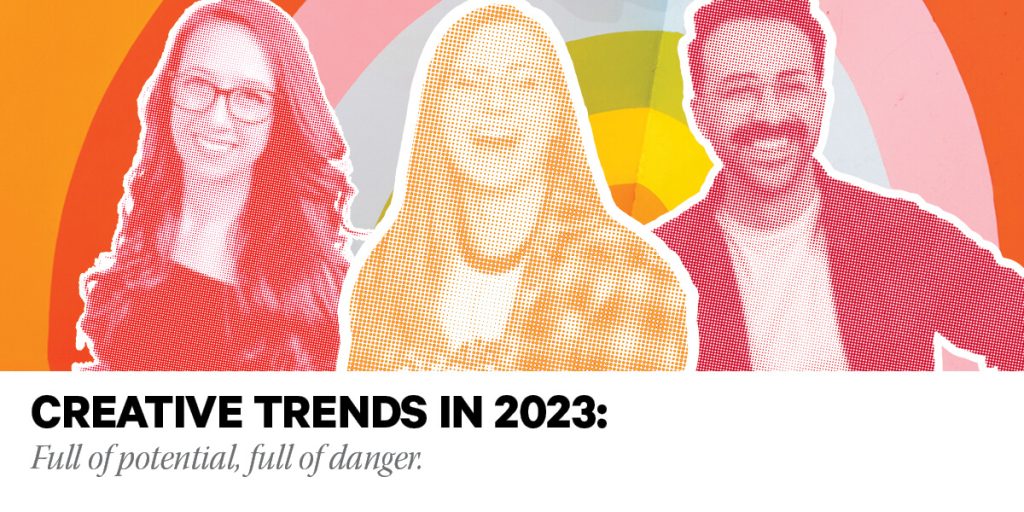
Here at TAA we’ve been closely watching the hottest creative trends for 2023, using the first few months of the year to keep a close eye on what’s truly taking off, and what’s failing to stick around. Every new year brings both novel ways to grow as creatives and new currents that move consumers in unique ways. We’re always collecting inspiration, exploring emerging technology and digesting new design themes, all in the search for the tools that will build the most powerful, hard-hitting creative campaigns. And truly— we live for this kind of thing. We live for the incandescent satisfaction that comes from staying 5, 10, 15 steps ahead of the game.
One more thing before we dive in: we ask that you don’t mistake us here at The Abbi Agency for trend chasers. Every campaign we do is rooted in the unique stories we have the pleasure of being a part of. But that doesn’t mean we’re not constantly delving into new design territory that can push our creative campaigns in bold new directions.
Without further ado, here are 7 creative trends we think are going to continue to make a huge impact in 2023 and beyond.
Retro Done Right
Incorporating Elements of Throwback and Nostalgia
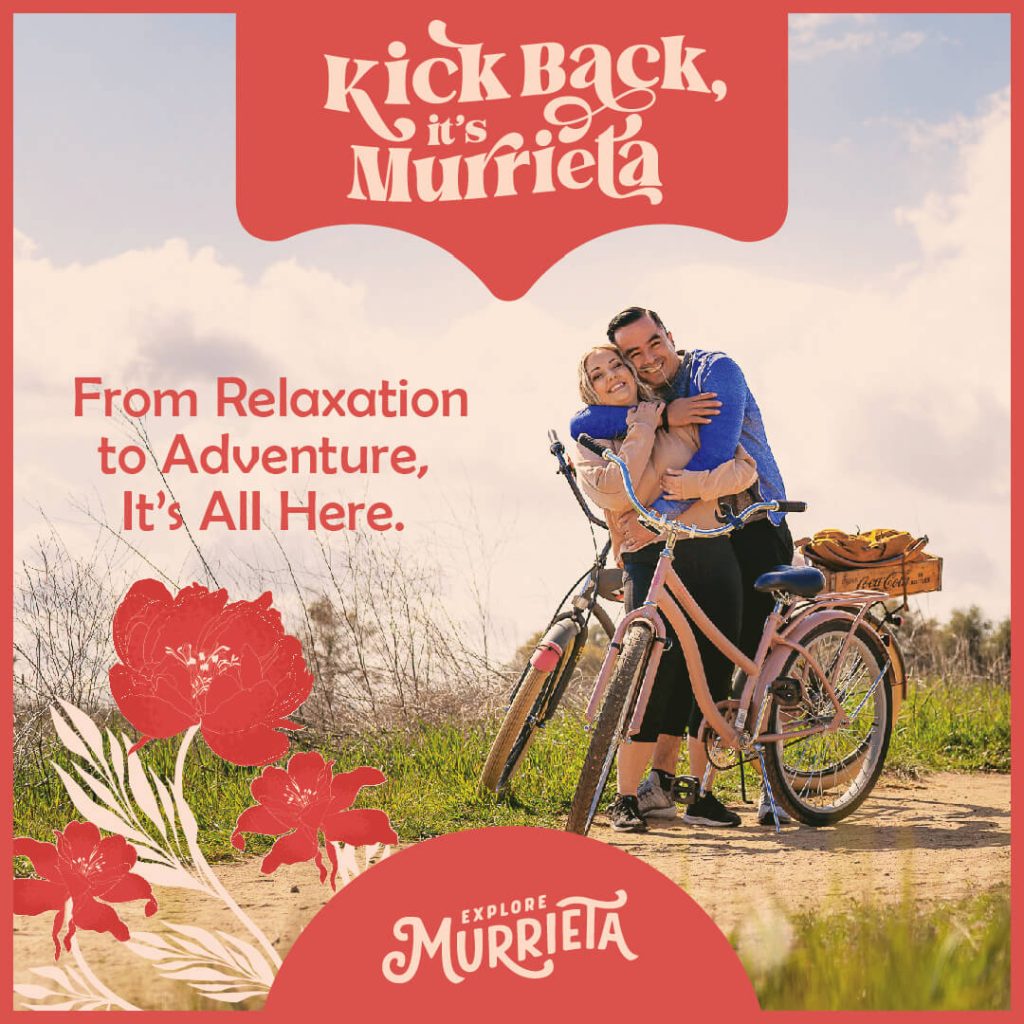
Creatives of all sorts have increasingly been tapping into the power of nostalgia, harkening back to the memories of previous decades. The experience of nostalgia actually triggers a unique reward pathway in our brains, and can be used to great effect by creatives trying to make an impact upon their audience. You may have noticed that 90s and Y2K style is more popular than ever, coinciding with the rise of Millennials as America’s largest living generation. Throwback elements from these times— bright color palettes, toy-inspired style, bulky early technology, etc.— reference foundational moments in any Millennial’s childhood, a comforting reminder of the past in a world increasingly characterized by an uncertain future.
I, Robot Artist
Harnessing the Power of AI Art
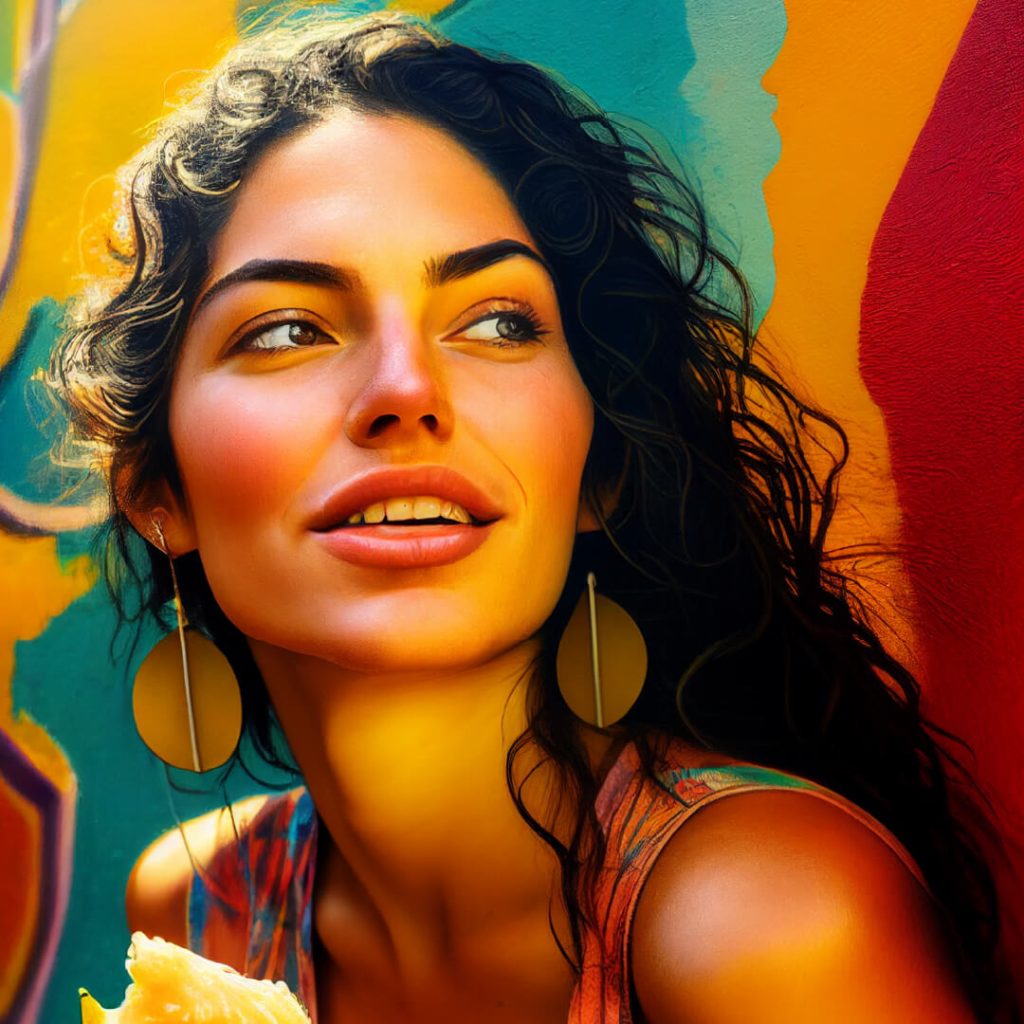
It’s been nigh impossible to escape the AI craze of the past few years, with AI art systems like DALL-E, Midjourney, and Stable Diffusion spurring countless conversations about the future of design, and how computer-generated art fits into it. The technology is still imperfect, often generating outlandish, uncanny valley-esque images that terrify the internet, but it’s getting more intelligent with every passing day.
To those who fear that AI may replace designers, here’s our little speech: It’s true that AI will usher in a new era of design, one whose possibilities are yet unknown. However, the designers of tomorrow, the ones who allow themselves the freedom to see what AI has to offer to them and their ideas, don’t have to worry. We foresee a world in which human creatives, aided by AI and the opportunity it provides to pass off more menial production work, have more time to focus on the big ideas that make creative work so special. Here at The Abbi Agency, for example, we take a fair bit of pride in our ability to bring human elements into our work— the kind of emotion, individuality, and artistic expression innate to humankind that no artificial intelligence is, of yet, able to replicate.
Staying Grounded
Embracing Natural Textures and Tactile Materials
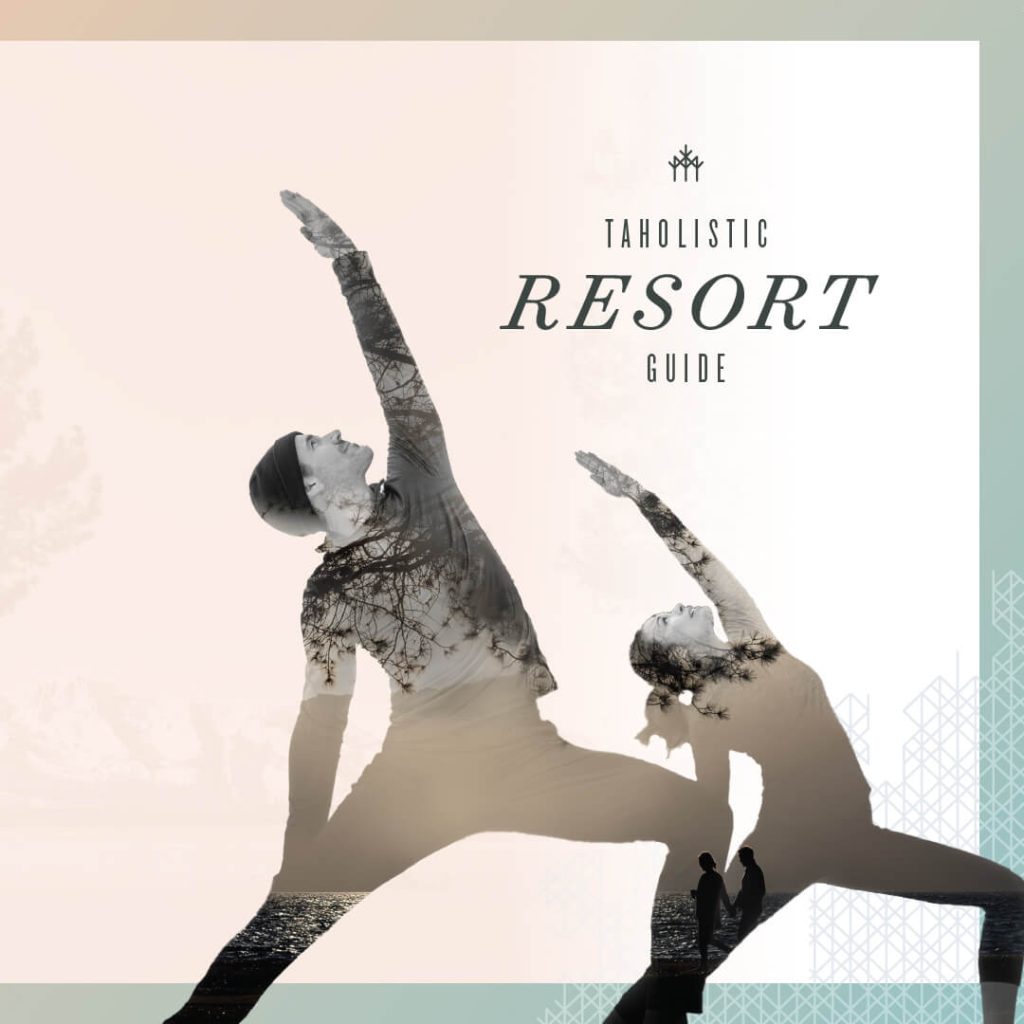
Lately, we see more creatives using assets like ripped paper, as well as visual elements to convey natural surfaces, stone, paper, clay, cardboard, or sand. This creates a brand experience the audience can truly feel, in both an emotional and a tactile way. These elements also connect the brand to the landscape surrounding it, fostering an authentic sense of place and local history.
Bored of Helvetica
Experimenting with Text-Based Design
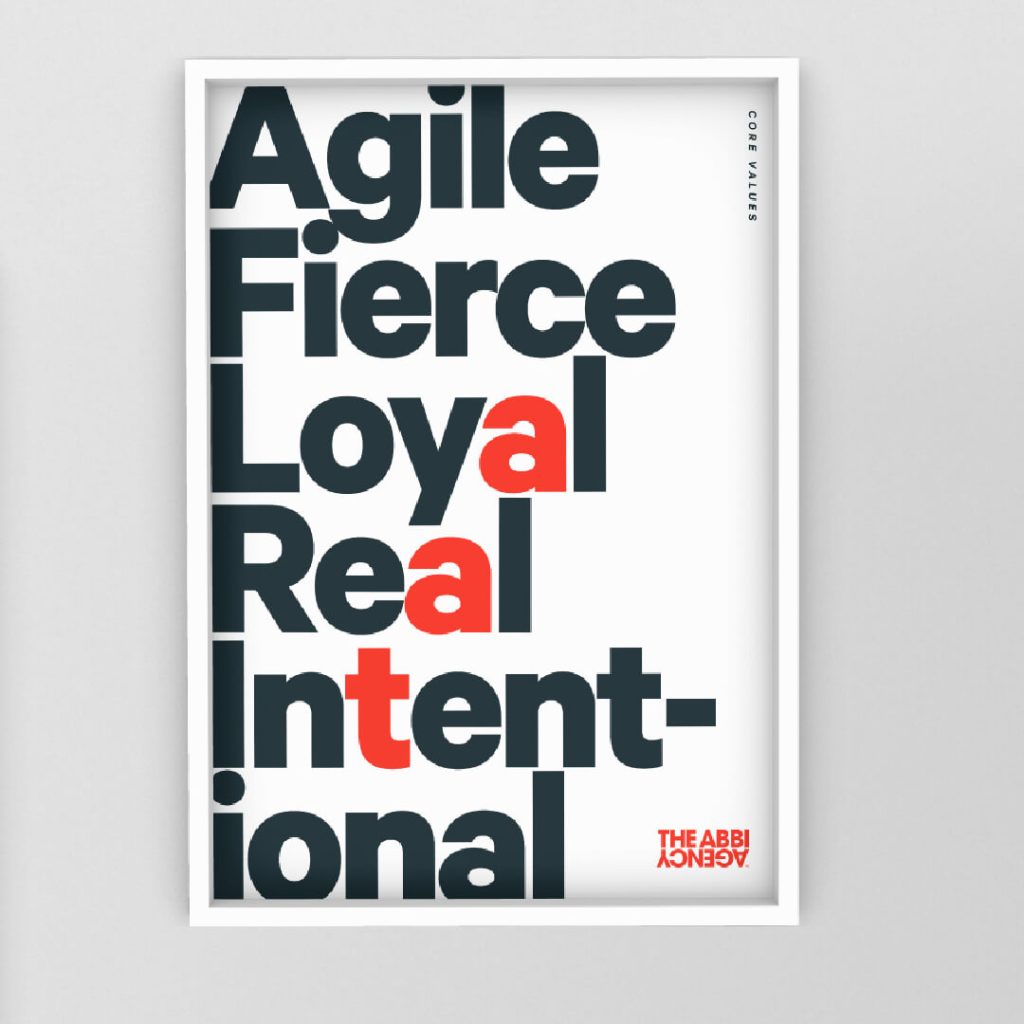
Ok, ok, put down your tomatoes and your pitchforks— we actually have no issue with Helvetica. What it represents, however, is a far larger discussion. You may have noticed the recent trend of companies changing their brand to favor a more minimal, sans-serif look. There’s nothing wrong with being more readable, but we can’t help but think that many of these brands are losing what makes them stand out in the first place.
All this to say: it only makes sense that the pendulum is now swinging back in the other direction. We see creatives experimenting more and more with interesting typographical elements that use words in ways that go beyond just communicating the written word— designers are using text to make a piece stand out in the crowd without overpowering the visual experience. It’s also worth noting that Gen Z has ushered in an era of maximalism, a chaotic yet authentic response to the clean, corporate minimalism of the 2010s.
Candid, Not Curated
Fostering Authenticity and True Storytelling
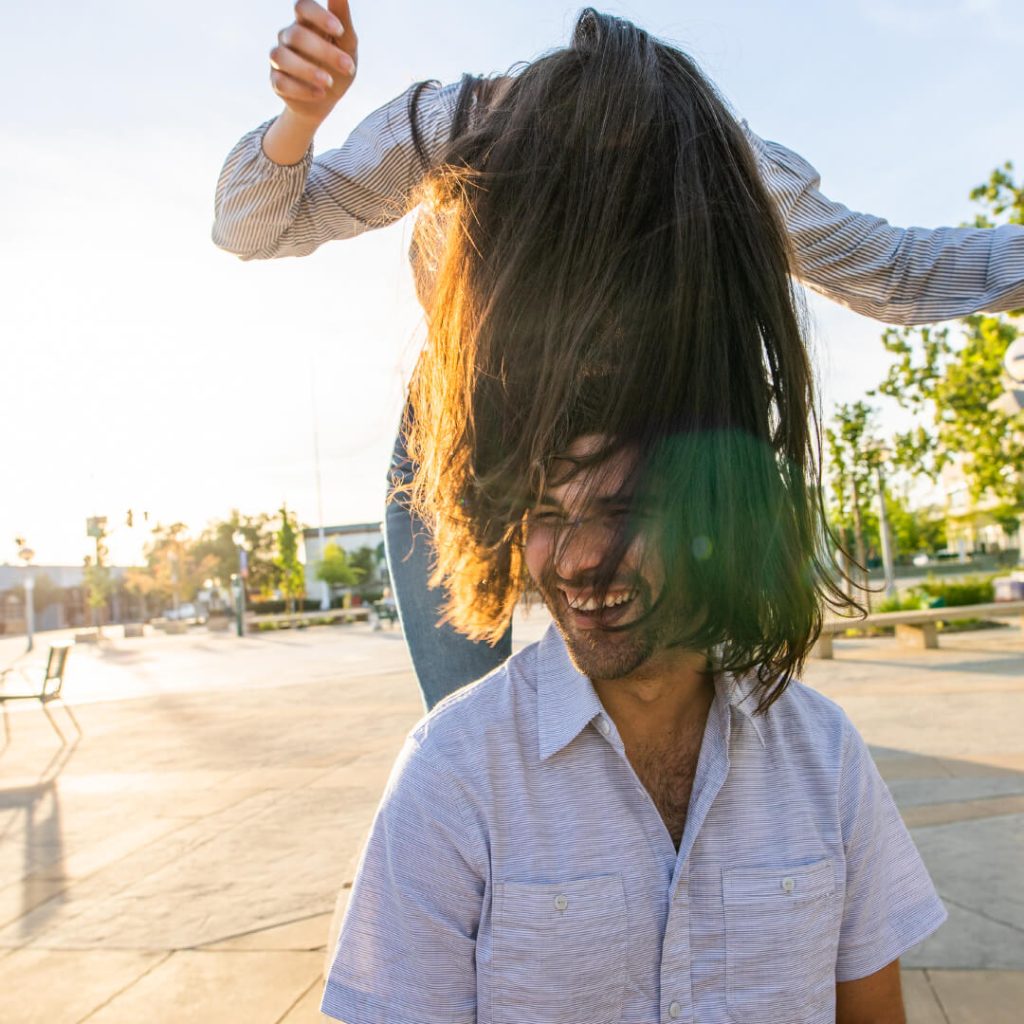
Authenticity has always been in style, but more than ever before? Real is radical. Gone are the days of perfectly-posed photos, of minimalist perfectionism, of homogenized campaigns getting lost in a sea of sameness. Consumers want to see real moments, from real people, from brands that they feel represent an authentic experience. The creatives behind these brands are now allowed to have a voice, and conveying a truly human connection is now of paramount importance. Design should have a sense of motion, of tangibility, while copy should foster a natural union between visual and written creations. Imagery can and should capture the spontaneous moments that make life fun, however tiny they may be.
Easy as 1, 2, 3-D!
Using Accessible Tech to Transform Visual Language
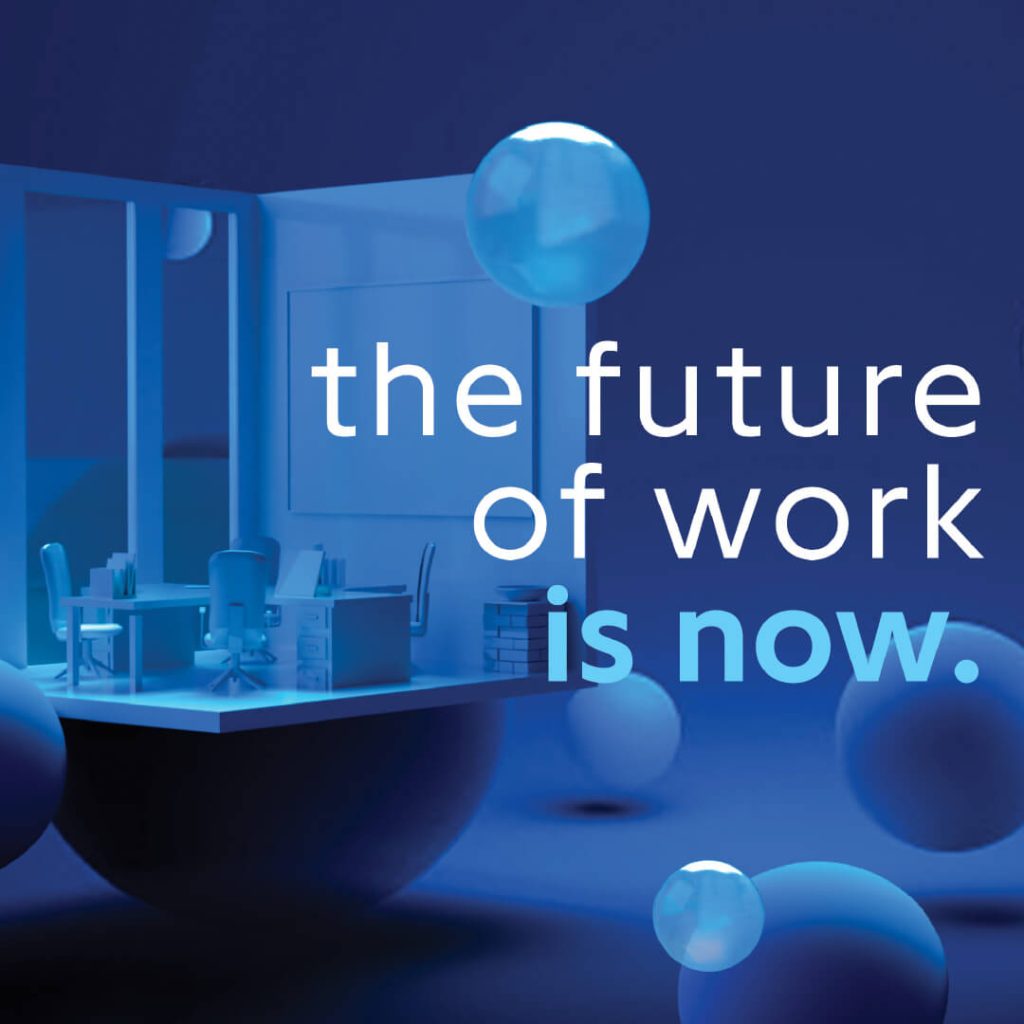
As technology advances and becomes more accessible, it’s easier than ever to take advantage of the huge number of 3-D, VR, AR, and animation tools available on the market. Brands are becoming more aware of the huge power that these types of technology hold, and using them to transcend the physical realm in entirely new ways. Creatives now have a unique opportunity to master these platforms in their infancy, and shouldn’t be afraid to educate themselves on this fascinating new technology.
Perfect Imperfections
Finding Beauty in Natural Flaws

In Japanese culture, the philosophy of “wabi sabi” centers around appreciating the beauty that is “imperfect, impermanent, and incomplete.” Think of an uneven cobblestone street, a handmade bowl with a slightly wobbly rim, a bonsai tree whose beauty lies in its own fleetingness— all images that require imagination, raising a voice in the back of your head that whispers, “what’s the story here?”
The philosophy of wabi sabi has been shaping Japanese aesthetics for centuries, but it finally seems to be catching on in the Western world. In particular, the idea that absence or nothingness can be as beautiful or useful as any other element of design — how a doorway or bowl is defined by emptiness — has influenced minimalism and the artful use of white space. Through this world view, creatives have a unique opportunity to add their own personal touches to their work, and focus both on what they put into a design, and what they leave out.
There you have it— 7 creative trends that are here to stay for 2023 and beyond. If you’re feeling inspired and want to chat through some visionary ideas for your business, drop us a line! We love to chat. For more tasty tidbits of knowledge on marketing, creativity, PR, SEO, and more, check out the rest of The Abbi Agency blog.
